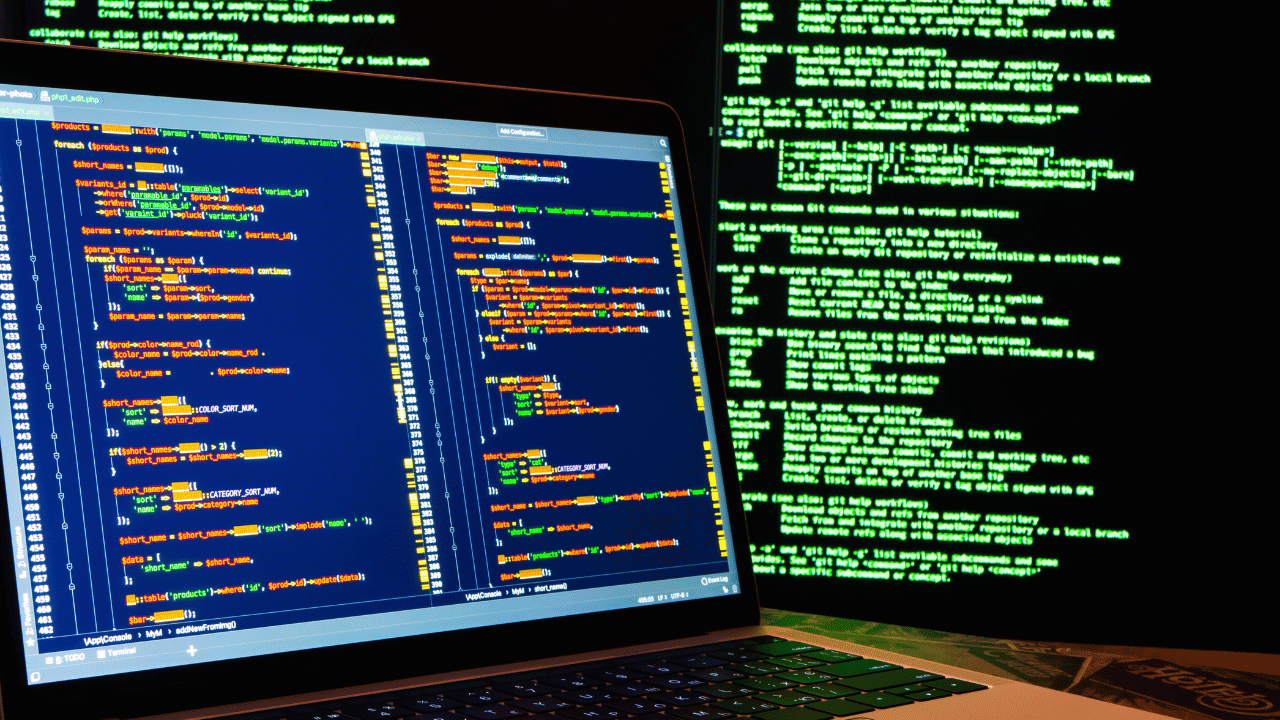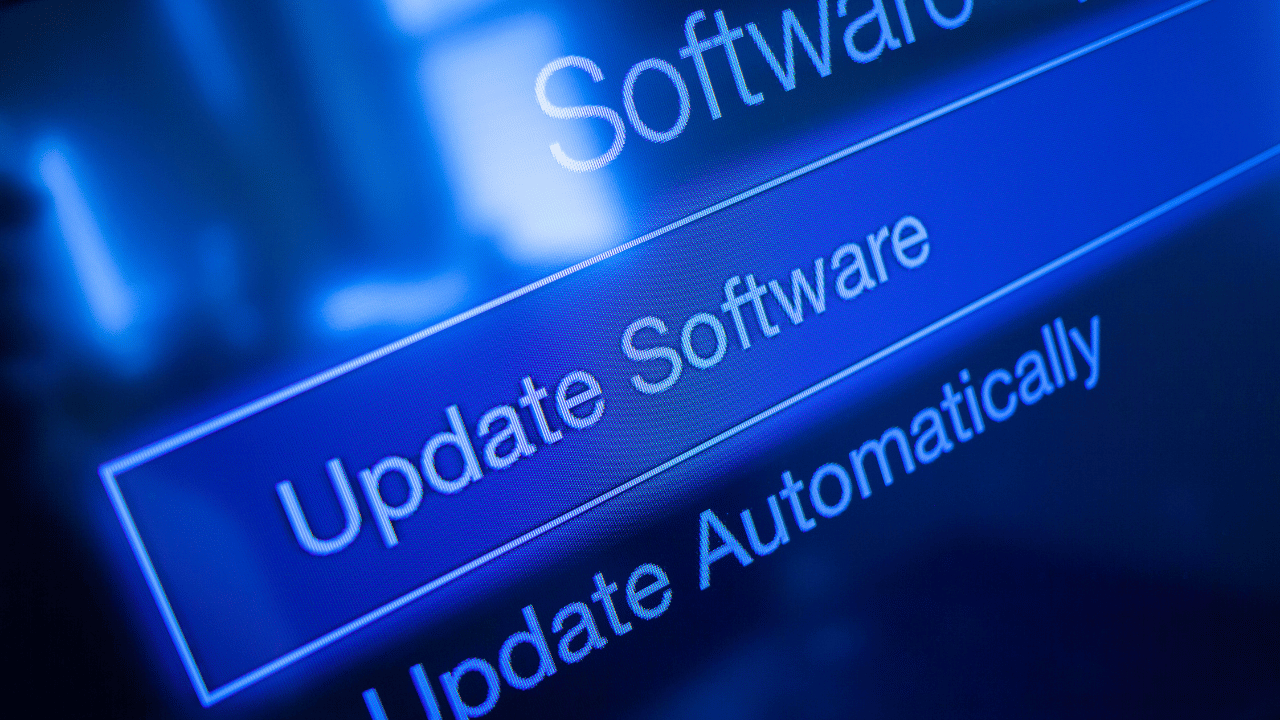Computer from Remote Code Execution Vulnerabilities
In this section, introduce the topic of the blog, highlighting the growing threat of remote code execution vulnerabilities and the importance of safeguarding your computer against such attacks. Explain the potential risks associated with remote code execution and its impact on computer security.

Understanding Remote Code Execution
Provide an overview of remote code execution vulnerabilities, explaining how attackers exploit these weaknesses to execute arbitrary code on a victim’s computer. Discuss common attack vectors, such as malicious email attachments, compromised websites, and unpatched software.
Strengthening Network Security
Discuss proactive measures to strengthen network security and prevent remote code execution attacks. Highlight the importance of using firewalls, intrusion detection systems, and network segmentation to control and monitor incoming and outgoing traffic.
Keeping Software Updated
Emphasize the importance of keeping software and operating systems up to date with the latest security patches and updates. Explain how software vendors release patches to address known vulnerabilities and reduce the risk of remote code execution.

Implementing Code Signing
Explain how code signing can help verify the authenticity and integrity of software applications, reducing the risk of executing malicious code. Encourage users to only download and run digitally signed executables from trusted sources.
Practicing Secure Coding
Encourage developers to follow secure coding practices to minimize the likelihood of introducing vulnerabilities into their software. Discuss techniques such as input validation, proper error handling, and privilege separation to mitigate the risk of remote code execution.
Educating Users
Highlight the importance of user awareness and education in preventing remote code execution attacks. Provide tips for recognizing suspicious emails, avoiding clicking on unknown links or attachments, and practicing caution when browsing the internet.
Monitoring and Response
Discuss the importance of monitoring for signs of unauthorized code execution and having incident response procedures in place to mitigate the impact of successful attacks. Encourage organizations to regularly audit their systems for vulnerabilities and anomalies.
Conclusion
Learn how to protect your computer from remote code execution vulnerabilities with proactive security measures such as network segmentation, software patching, and user education. Stay informed about the latest threats and implement robust security practices to safeguard your system.

